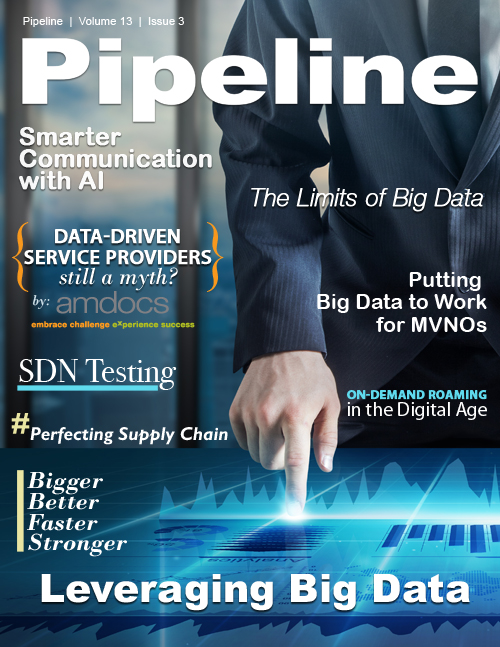Perfecting your Supply Chain with Asset Management
By: Cosmin Stejerean

When Yvonne Sabatini, Director of Sourcing and Logistics at XO Communications, was recognized for establishing a “Best in Class” Supply Chain at XO Communications, it came with one caveat; she needed Asset Lifecycle Management (ALM), to close out that last mile and give her true visibility, insight, and control of her assets from end-to-end.
The stakes were high for XO because of their massive (and growing) critical infrastructure. With a 20,000 route-mile national inter-city network, 1.2 million metro fiber miles, and more than 4,000 on-net buildings, XO provided extensive, industry leading data services to business locations across North America.
The goal of Yvonne’s Supply Chain Management Team was to create an Integrated Asset Management solution that would reduce the total cost of ownership for XO, improve company productivity, and support XO’s efforts to provide unparalleled world class services to their customers. According to Gartner Group and PWC Asset Management consulting best practices, a company that effectively and efficiently implements an Asset Lifecycle Management program, including automation of this process, can anticipate a saving of 15-20 percent of the Total Cost of Ownership.
What is ALM?
Asset Lifecycle Management (ALM) is the complete end-to-end management of equipment through each of the lifecycle stages, from acquisition to receipt, return, warehousing, order fulfillment, transportation, installation, maintenance, sparing, repairs, decommissioning, redeployment, and finally retirement.
Tracking assets through every step of their lifecycle requires a robust mobile solution to provide accurate, real-time information across the field, warehouse, datacenter or back office. Prior to integrating ALM many companies recorded transactions in batch, at the end of the day, week or even month. In an asset centric solution this is no longer possible. Therefore, it is critical for the solution to make it easy for staff to capture asset transactions in real-time by scanning 1D or 2D barcodes, or utilizing RFID sensors, from a variety of mobile devices including smartphones and enterprise grade scanners. The solution should be able to operate in both online and offline modes in order to accommodate assets in remote areas or other locations with poor or no connectivity. The mobile application should be easily tailored to the specific business processes and data capture requirements of the enterprise in order to avoid frustrating the field force with unnecessary data entry activities. A complete ALM solution also needs to consider hardware and labels along with software, identifying the right combination for the specific needs of each enterprise.
A successful ALM implementation starts by identifying key areas for improvement and creating a strategic long-term vision. It may be tempting to attempt to solve all problems at once, but successful implementations usually start in phases and continue to deliver value incrementally. As the ALM solution starts to unlock data that was previously inaccessible, additional opportunities for improvement may be identified.
Implementing an ALM solution requires executive support and close collaboration across a variety of business functions, including supply chain, finance, engineering and operations. ALM will transform the way these groups do business, so it is essential that representatives from all of these groups are involved in the implementation. The affected individuals will perform their jobs in new ways after ALM is implemented. This means that they need to understand the new changes, and how this will benefit them and the organization. Some roles may find that their jobs are easier as mobile data collection starts to replace paper processes. Others may find that they are suddenly responsible for additional data collection activities above and beyond their usual responsibilities. It is particularly important for these impacted roles to derive some immediate benefits from their additional responsibilities. For example, technicians that once installed equipment without having to record anything will no longer have that option, but the burden of recording equipment installations and movements may be offset by the benefit of having real-time visibility into spares.
Telecommunication companies and communication service providers like XO stand to benefit from ALM more than most other industries, as they are pouring billions of dollars into networks to support their operational growth. The industry as a whole is investing $350 billion annually in capital expenditures, along with related operational expenses of maintaining a network of that size. A potential 15-20 percent improvement presents a huge opportunity for competitive advantage by protecting margins and redirecting some of that money to other revenue generating initiatives.



















